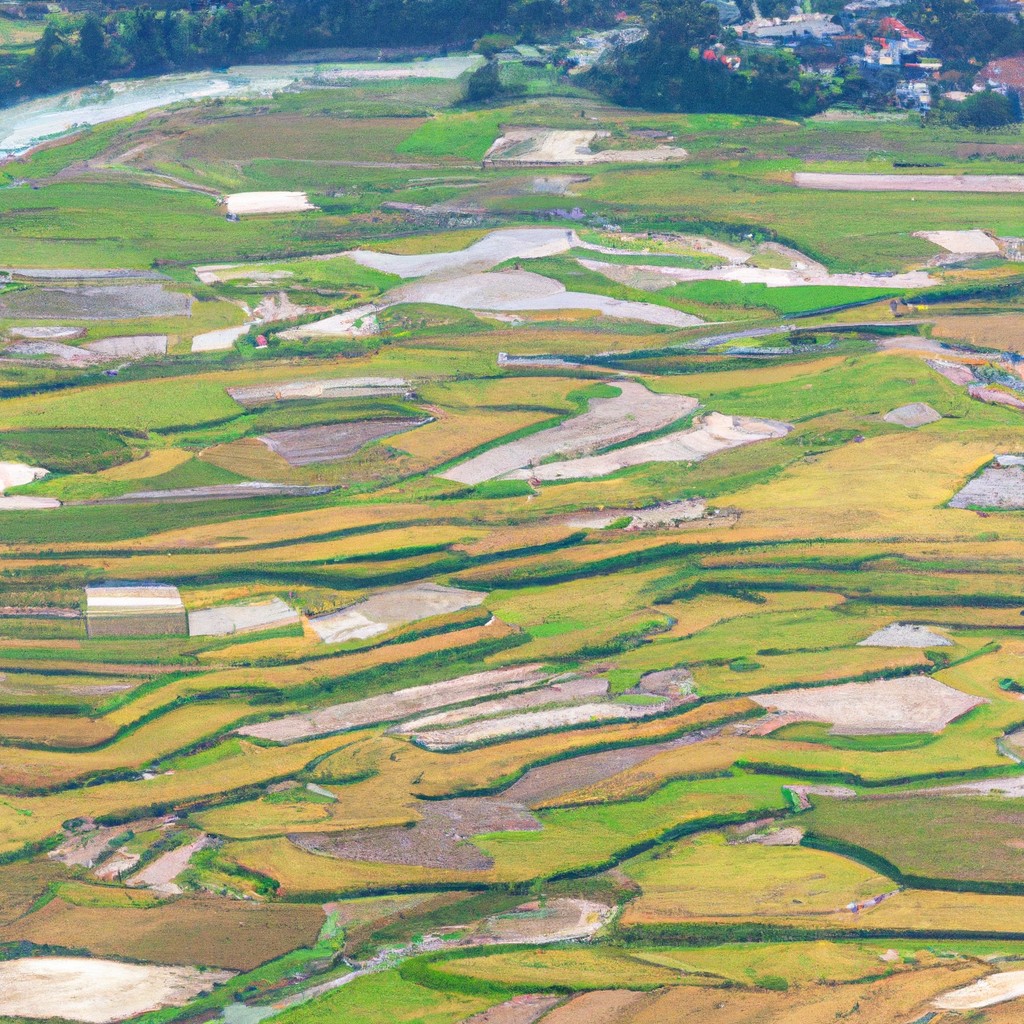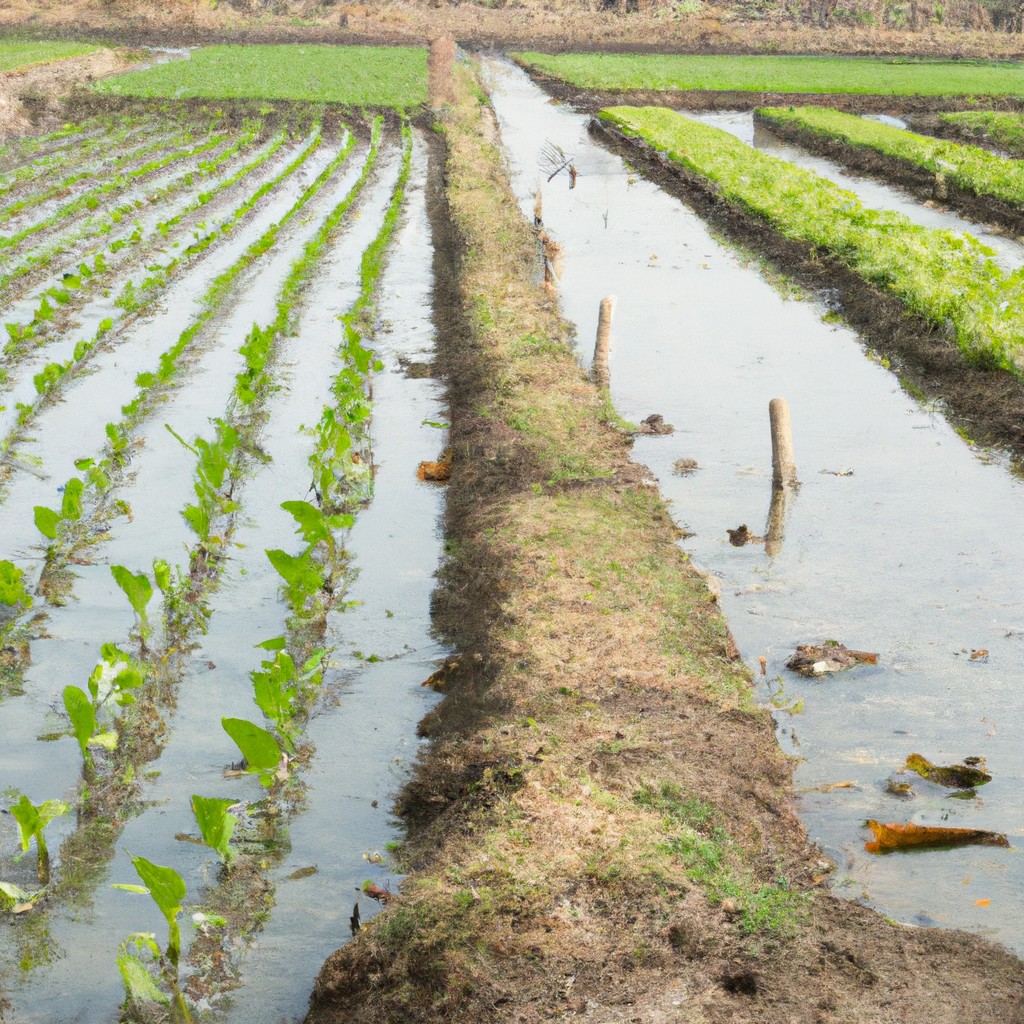Get ready to discover the fascinating world of agriculture in Vietnam, where rice paddies, coffee plantations, and innovative farming techniques meet vibrant traditions.
Look Inside:
History and Evolution

Vietnam’s agricultural journey is like a soap opera of rice paddies and fishing nets, full of drama and intrigue.
Long before tractors rumbled through the fields, agriculture in Vietnam was a community affair with folks sharing oxen like neighbors share lawnmowers. Rice cultivation took center stage centuries ago, establishing Vietnam as a major player in global markets before it was cool.
The French colonial period brought about a little French flair, influencing styles but not without causing quite the commotion among local farmers.
Post-independence, Vietnam shook things up faster than a farmer stirring pho. Collectivization in the late 20th century sounded great on paper but left many scratching their heads. When market-oriented reforms hit the fields like a strong monsoon in the 80s, agriculture boomed. Fields diversified, production soared, and farmers sighed in relief.
Today, Vietnam balances tradition with modernity, all while keeping an eye on climate change and global trade winds. Think of it as farming with a side of high-stakes poker – always ready for the next thrilling hand.
Government Policies and Impact
Vietnam’s agricultural success owes much to the tweaks and nudges from the government. Picture an orchestra conductor ensuring harmony.
The Doi Moi reforms, launched in 1986, swung open doors to market-oriented farming. It’s like swapping a black-and-white TV for a flatscreen—farmers suddenly had options! Land reforms turned communal land into household-managed gems, unrolling the green carpets for productivity boosts. Emphasis on rice? Absolutely. Vietnam became the “rice to the occasion” country, climbing the rice-export ladder fast.
Infrastructure development played a pivotal role. Roads, irrigation, and modern storage sprouted like mushrooms after rain, reducing waste and post-harvest losses. This made nature a little less bossy!
Then came support for diversification. Coffee, pepper, and fruit trees were no longer Cinderella crops, receiving fairy tale attention. Training initiatives ensured farmers knew their garlic (and coffee beans!), promoting sustainable practices.
Environmental sustainability policies started turning up the eco-friendly tone, making sure prosperity doesn’t come at Mother Nature’s expense. After all, even she needs a good night’s rest.
Key Agricultural Products
Rice, the hero of Vietnamese agriculture, dominates the landscape and the dinner table. From paddies to plates, it’s the staple crop that keeps everyone rolling happily. Not surprisingly, Vietnam is one of the world’s top rice exporters—not an easy feat with so much competition out there.
Let’s not forget coffee, the beverage that fuels… well, everything. Vietnam is the world’s second-largest coffee producer. Talk about being a java giant in a bean-sized country.
Then there’s seafood, because who doesn’t love a good fish tale? Fish, shrimp, and mollusks are not just for local delight but also for global appetite. The aquatic life here has more exports than a pop star on tour.
Vietnam also enjoys kicking up some spice with black pepper, leading the pepper production parade worldwide. It’s a-pepper-propriately spicy to say, “You go, little peppercorns!”
And last but not least, there’s the tropical fruit fiesta—mangoes, dragon fruits, and papayas swinging from branches ready to tango. They add a splash of color and taste to the global market.
Environmental and Climate Challenges
Vietnamese farmers face Mother Nature’s quirks with a mix of resilience and creativity. First off, there’s a constant wrestling match with floods and droughts, making irrigation as vital as a strong Wi-Fi signal at a tech conference.
Next, soil degradation prowls like an unwelcome cat in the yard, a challenge as persistent as trying to keep your phone screen smudge-free. Saline intrusion, where saltwater sneaks into freshwater zones, gives the soil a briny personality shock, leaving farmers scratching their heads and taste buds.
Climate change isn’t shy either, attempting surprise plot twists with shifting weather patterns. That unpredictability fills forecast conversations with wild theories that would make any conspiracy enthusiast proud.
Despite all this, Vietnamese agriculture is determined to ‘grow’ with the punches. Adaptation is the game, and they play it like a pro.
Trade and Export Dynamics
Vietnamese farmers have a knack for turning rice, coffee, and seafood into gold!
– Rice, particularly the yummy jasmine and high-quality varieties, is one of Vietnam’s most flirtatious export stars. Trading partners can’t resist those grains.
– Coffee production sees Vietnam giving Brazil a run for its beans, as it ranks second in global coffee exports. Apparently, we all need a caffeine fix from Vietnamese robusta.
– The seafood industry, with shrimp playing the lead role, struts its stuff on global plates, making Vietnam a top seafood supplier despite the fishy competition.
– The free trade agreements (FTAs) are like matchmaking services, pairing Vietnam with trade partners across the globe, spicing up its export numbers.
– Balancing between traditional agriculture and high-tech farming tools is like a dance — sometimes it’s a waltz, other times a breakdance, but it ensures the sustainability of exports.
This bustling trade, with its ups and downs, surely keeps everyone on their toes, not to mention those Vietnamese farmers reaping the fruits of their labor!




